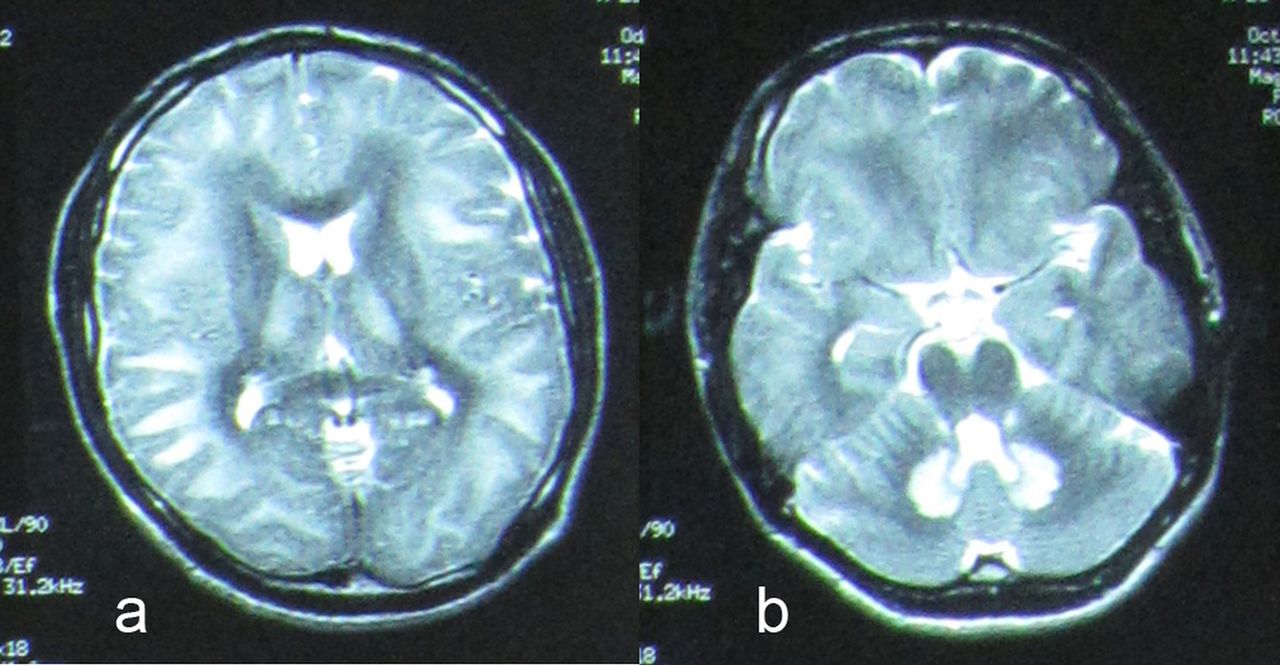
Acute toxic progressive leukoencephalopathy is a complex and often misunderstood neurological disorder that poses significant challenges for both patients and healthcare professionals alike. This condition is characterized by progressive damage to the white matter of the brain, leading to a variety of debilitating symptoms. As medical science continues to evolve, understanding the causes, symptoms, and treatment options for this condition becomes increasingly crucial. The intricate nature of this disorder means that it can often be mistaken for other neurological conditions, making accurate diagnosis vital. Early intervention can be key to managing symptoms and improving quality of life for those affected.
As research advances, the hope is to uncover more about the underlying mechanisms of acute toxic progressive leukoencephalopathy, which can be triggered by various environmental toxins, metabolic disorders, and infections. This article aims to provide a comprehensive overview of the condition, discussing its causes, symptoms, treatment options, and the importance of early detection. Understanding these factors can empower patients and their families to make informed decisions regarding their health and treatment strategies.
In this exploration of acute toxic progressive leukoencephalopathy, we will delve into the details that define this disorder, shedding light on its complexities and offering insights into living with this challenging condition. From understanding the risk factors to exploring potential therapies, this guide will serve as a valuable resource for those seeking knowledge about this neurological disorder.
What Causes Acute Toxic Progressive Leukoencephalopathy?
Acute toxic progressive leukoencephalopathy can arise from a variety of factors, including:
- Environmental toxins, such as heavy metals and solvents
- Infections that affect the central nervous system
- Metabolic disorders that disrupt normal brain function
- Autoimmune responses that lead to inflammation in the brain
What Are the Symptoms of Acute Toxic Progressive Leukoencephalopathy?
Individuals suffering from acute toxic progressive leukoencephalopathy may experience a range of symptoms, including:
- Cognitive decline and memory issues
- Motor coordination problems and muscle weakness
- Vision and speech difficulties
- Behavioral changes and emotional instability
How is Acute Toxic Progressive Leukoencephalopathy Diagnosed?
Diagnosing acute toxic progressive leukoencephalopathy typically involves a combination of medical history review, neurological examinations, and advanced imaging techniques such as MRI scans. These diagnostic methods help to assess the extent of white matter damage and rule out other potential conditions.
What Treatment Options Are Available for Acute Toxic Progressive Leukoencephalopathy?
Treatment for acute toxic progressive leukoencephalopathy is often multifaceted and tailored to the individual’s specific needs. Possible treatment options include:
- Medication to manage symptoms, such as cognitive enhancers or mood stabilizers
- Physical therapy to improve motor skills and coordination
- Occupational therapy to assist with daily living activities
- Nutritional support to address any dietary deficiencies
Can Acute Toxic Progressive Leukoencephalopathy Be Prevented?
While complete prevention may not be possible, certain measures can reduce the risk of developing acute toxic progressive leukoencephalopathy. These include:
- Avoiding exposure to known environmental toxins
- Maintaining a healthy lifestyle with regular exercise and a balanced diet
- Seeking timely medical attention for infections or metabolic disorders
What Is the Prognosis for Individuals with Acute Toxic Progressive Leukoencephalopathy?
The prognosis for individuals with acute toxic progressive leukoencephalopathy can vary widely depending on the cause, severity, and timeliness of treatment. Early diagnosis and proactive management can significantly improve outcomes and enhance quality of life.
Who Is Affected by Acute Toxic Progressive Leukoencephalopathy?
Acute toxic progressive leukoencephalopathy can affect individuals of all ages, but certain groups may be at higher risk, including:
- Workers in industries with exposure to harmful substances
- Individuals with a family history of neurological disorders
- People with compromised immune systems or metabolic conditions
What Research Is Being Conducted on Acute Toxic Progressive Leukoencephalopathy?
Ongoing research aims to better understand the mechanisms behind acute toxic progressive leukoencephalopathy and to develop effective interventions. Studies are focusing on:
- Identifying specific toxins that may contribute to the condition
- Exploring genetic factors that may predispose individuals to leukoencephalopathy
- Investigating potential neuroprotective therapies that could mitigate damage
Conclusion: How Can We Raise Awareness About Acute Toxic Progressive Leukoencephalopathy?
Raising awareness about acute toxic progressive leukoencephalopathy is essential for improving diagnosis and treatment outcomes. Education about the condition, its symptoms, and risk factors can empower patients and healthcare providers to work together in managing this challenging disorder. Through collaboration, research, and advocacy, we can foster a greater understanding of acute toxic progressive leukoencephalopathy and strive towards better solutions for those affected.
ncG1vNJzZmivp6x7o77EnKKepJxjwqx7xJyfqJyRnrm6fZVomJytpJp6tbvXoppmqKKktLOx0qygr51dobK2t86epZydoJ2urbvPmquhsV6dwa64